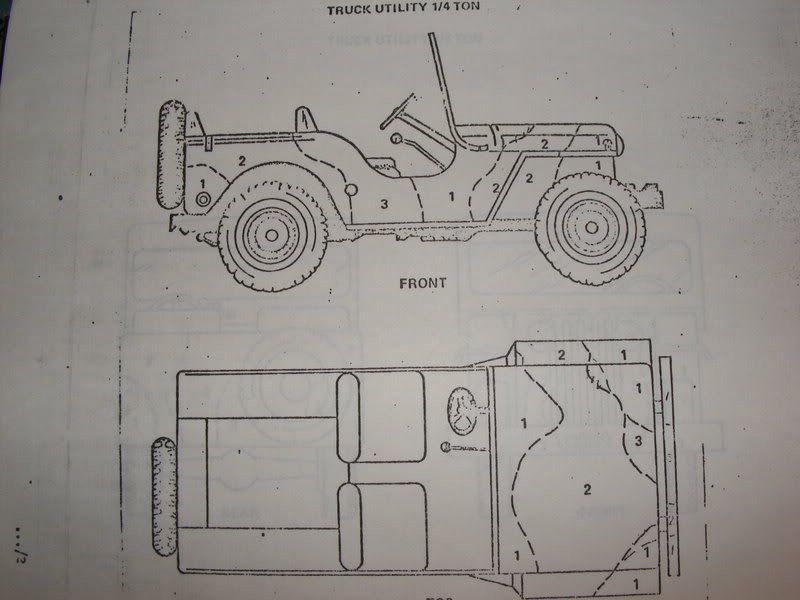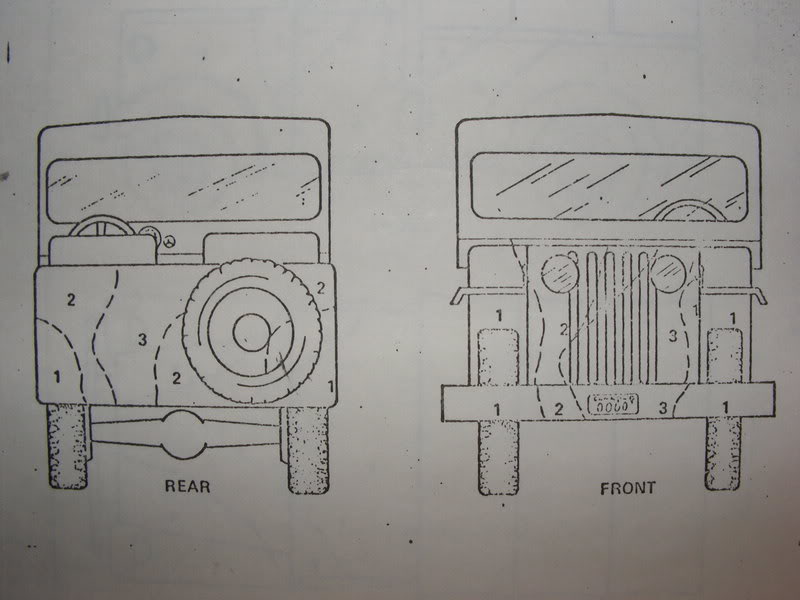
 |
|
|
|
#1
|
||||
|
||||
|
One from the ICCS in Vietnam and the other a UNEF peacekeeping photo don't really satisfy your request but I figured "What the Hell, where else am I going to show these?"
 
__________________
Those who live by the sword will be shot by those of us who have progressed. - M38A1, 67-07800, ex LETE |
|
#2
|
|||
|
|||
|
From my early days as a militiaman attached to 8CH/RCD gagetown, we had only one M38A1Cdn2 as I recall for the COs rover. But Couger support squadron next door had a mixed bag of both M151s and M38A1s.
CARC did not come into play during the life of the M151A2 in Canada. Back then the paint was IRR (Infr red reflective) It came in 3 clours with NSN of 8110-21-880-9729, 9730 and 9750 (or was it 96XX? A bit of time has passed and the NSNs I committed to memory are starting to become hazy.). The three colours are olive green govt spec #503-321, Black govt spec 512-301, and green 503-319. There was a tan/white colour used on some of them in lieu of the olive on the earliest cam jobs, but by 1976 this colour was phased out near as I can tell. For conversion of these colours to US specs, check out this webpage: http://hedgehoghollow.com/buzz/Colou.../army_clr.html There was a CARC introduced in the mid to late 80s in Canada, but while it did not contain lead, it turned out that the formula and the isocyanates were deadly. It was soon dropped and the US formulas for CARC were adopted. These are also quite hazardous to the health when sprayed, and also if any grinding or burning (welding) of the paint is done. That is why you will see the "CARC" letters on many items like cable reels or radio trays...as a warning about the health hazard of the paint. We were supposed to strip the paint with strippers before doing any welding on an area of a vehicle painted with CARC. M151A2s were in use in CFE. I think I even have something around with the quantities that were over there. Last edited by rob love; 28-07-08 at 02:55. |
|
#3
|
|||
|
|||
|
Here are the photos of the cam pattern for the Cdn 1/4 ton vehicles.
  In these patterns, #1= olive drab, #2 = black, and #3 = flat (forest) green. I also have the patterns for the other wheeled vehicles (including trailers) handy, and the patterns for others are buried a bit deeper in my mess of paper in case anyone wants to see those too. As Scotty mentions, most of the other markings remain the same as used today. These include the callsigns, the unit/brigade identifier, the Canada flags front and rear, and the tire pressure markings over the wheel wells. Decals to be found on the Cdn Mutts included the battery decal, usually located under the hood (disconnect battery before servicing generator or regulator), the "turn off radios before starting or stopping engine", and there was also an antifreeeze decal under there somewhere. All Cdn Mutts also had a Ziebart decal on the windshield frame along with the US "a good driver always...." but these were normally torn off or painted over after a while. |
|
#4
|
||||
|
||||
|
Quote:
That UNEF peacekeeping photo was made during UNEF II, Golan Heights, right? Thanks, Hanno
__________________
Regards, Hanno -------------------------- |
|
#5
|
||||
|
||||
|
Note how well that M151A2 is painted white. Suspension, inside of body, wheels - this was not a quick mask-and-spray-over job.
I know today vehicles are delivered ex-factory in a UN white paint scheme, but these are often (semi-)civilian vehicles manufactured on assembly lines where they are used to paint vehicles in more than one colour  And oh, you guys are aware of the ex-Canadian UN Forces 74 Pattern Jeep surviving in Sweden, aren´t you? H.
__________________
Regards, Hanno -------------------------- |
 |
| Thread Tools | |
| Display Modes | |
|
|